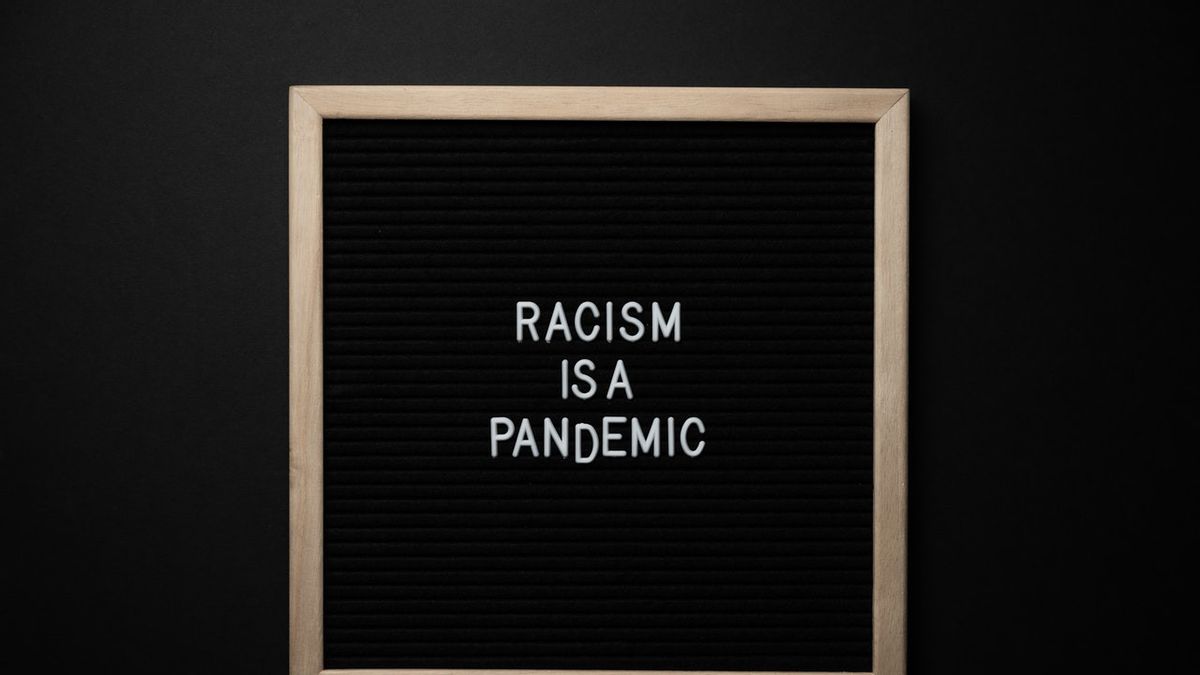JAKARTA - Children have a great sense of curiosity about everything that happens around them. This curiosity sometimes makes them often ask difficult questions to parents. Among the thousands of questions, one question that can be too complex for parents to think about the answer is about difference and racism.
The rise of reporting about cases of racism around the world inevitably requires parents to raise children as individuals who see differences as a 'gift' in life rather than as a threat.
As a reference, UNICEF has developed an easy guide to explaining racism in children and modeling inclusive behavior on differences. This guide is structured according to the child's developmental stages, from preschool to prepubescent.
Children <5 yearsChildren under 5 years have high curiosity. Most likely when you see a friend or person who looks different from him, he will point and ask about the difference in public.
As a parent, you have to stay relaxed and open. If you ask your child to be quiet, they will become used to seeing the topic as taboo. Explain to children using simple language when explaining that they and their friends may look different, but they must have a lot in common as fellow humans.
Think of it as something to celebrate, “we are all human, but we are all unique too. Great, huh? "
Children 6-11 yearsWhen entering school age, the development of children's knowledge is increasingly widespread. If he asks the question, first ask where he heard or saw it.
You don't always have to have answers to every question. Discussing can be one way to explain certain things to children, such as topics about stereotypes, treatment at school, or certain things related to their daily lives. Don't forget to give examples of manners when communicating with friends from different cultures.
Children 12+Discussing with teenagers will certainly be easier. The topic of conversation can be more abstract, for example about the concept of justice, equality, or racism. To make it more real, take reliable references and give examples of hot news. You can also explore historical themes.
Try to get your child closer to the outside world through books, movies, music, and food from various cultures. Given that teenagers generally know social media well and are starting to explore their friendships more broadly, encourage them to get to know people from different cultures.
If he also participates in voicing the issue of racism on social media, provide input regarding how to convey ideas well. Being vocal on important issues in the right way is a good thing.
The English, Chinese, Japanese, Arabic, and French versions are automatically generated by the AI. So there may still be inaccuracies in translating, please always see Indonesian as our main language. (system supported by DigitalSiber.id)













